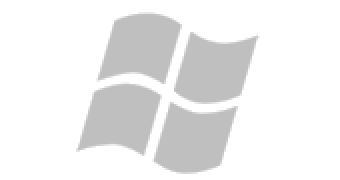Microsoft is not building just a new version of the Windows client, with Windows 8, the company is laying the foundation for future Windows releases, in terms of natural user interface evolution. NUI models are already widespread, but they’re still far from being ubiquitous, and there’s one frontier that has yet to be conquered, Windows computers.
The vast majority of Windows PCs today lack support for touch interaction, but this detail is bound to change following the advent of Windows 8.
While Windows 7 was the first Windows client to enable users to add touch commands to classic input models such as the keyboard and mouse, it will most probably be the NUI innovations in Windows 8 to convince customers to embrace touch on traditional form factors such as desktops and notebooks, and not just on new devices.
Steven Sinofsky, President, Windows and Windows Live Division notes that, based on past experiences, he doesn’t expect NUI models to benefit from an explosive adoptions rate.
“It will take time for the proliferation of touch. Just as it took time for the proliferation of mice, GUI, internet, and so on. It is still very early. We are working to build a software foundation that works extraordinarily well today and will prove to powerful investments for the future,” the Windows chief said.
The way I see it, when Sinofsky talks about the future, he also means forthcoming Windows releases, which, based on the current Windows codename strategy, I’ll go out on a limb and call Windows 9, Windows 10, etc.
I already said that Metro in Windows 8, the new Start Screen, the NUI capabilities of Windows, are all only in an embryonic stage.
To me, Windows 8 brings to the table the equivalent of the user interface in Windows 95. It’s revolutionary, but at the same time, it will still be some time, it will still take a number of Windows releases to perfect this NUI + GUI model.
Sinofsky chooses a different comparison, perhaps better at illustrating where Windows 8 is right now and where it’s going, namely the transition to using the mouse.
“At first people talked about not being productive by leaving the "home row" and the problems of maintaining a mouse pad and a finicky mechanical mouse. And everyone had spent time and energy memorizing keyboard shortcuts. And then one day you find yourself using a mouse even when you know there is a shortcut. The same thing happened with right click when it was added to apps around the Windows 3.0 time,” he said.
“No one model ever takes over completely and the availability of a multi-modal interaction with a PC makes everyone more efficient--but in a way that they choose deliberately or not, up to them. That's another element of "no compromise".”
Windows 8 Developer Preview Build 8102 Milestone 3 (M3) is available for download here.

 14 DAY TRIAL //
14 DAY TRIAL //